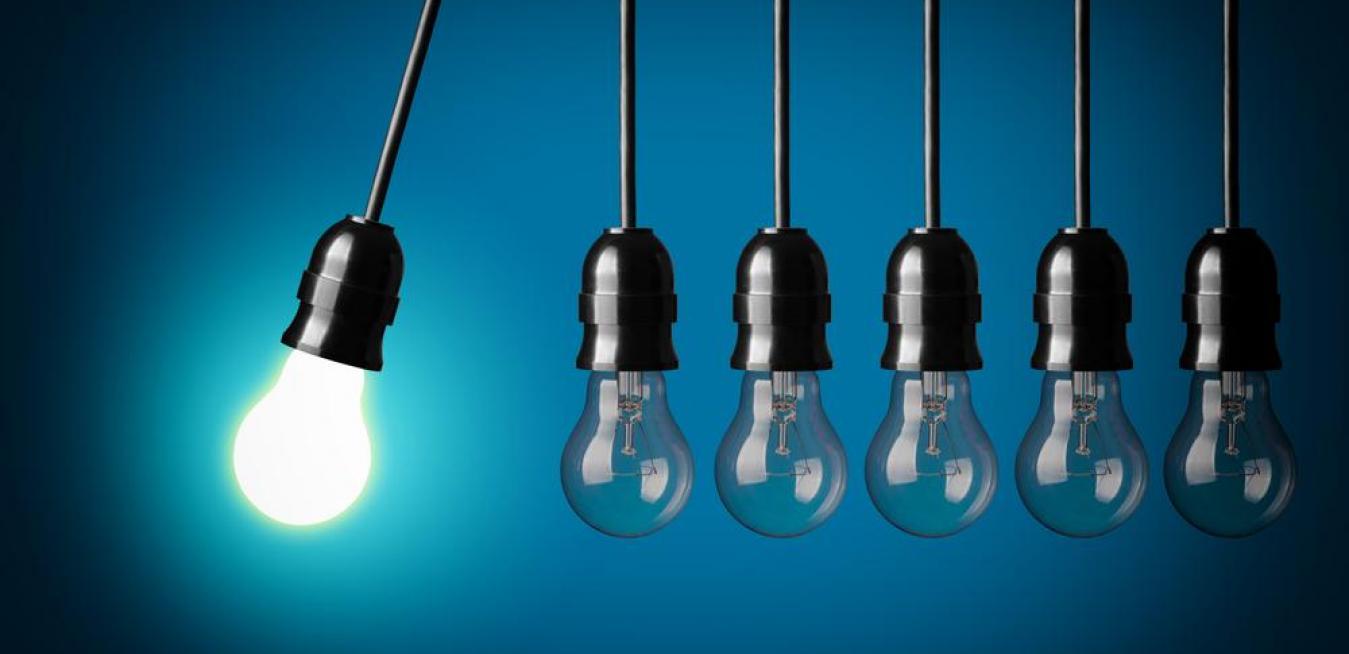A drink straight from the fridge on a summer’s day, charging our smart phones, and expecting the lights to come on at the simple flick of a switch. The electricity system is central to Australia’s modern lifestyle and day-to-day we rely on it more than we probably realise.
Electricity is not only about our personal comfort and well-being; it has served the nation well as the engine that helps to drive our economy. But the sector is now facing unprecedented and complex challenges and the future is likely to look very different to today.
How did you feel when you read that last sentence? Concerned that ‘different’ means the future might be difficult? Or, like me, are you excited about the amazing opportunity that comes with a time of great change?
I’m not the only one looking forward to looking forward. In fact there’s a dedicated group of about 120 people who can’t wait to see what comes next and help to get Australia there.
The Future Grid Forum
The Future Grid Forum partners came from industry, research, government and the community – all with the goals of inspiring the national conversation about electricity to decide the right answers for the sector, its stakeholders and, most importantly, all Australians.
And we talked for 15 months.
But rest assured, we’re not all talk and the group has now released a report of our findings called Change and choice: The Future Grid Forum’s analysis of Australia’s potential electricity pathways to 2050. There’s that change word again!
The Forum looked at four future scenarios for how Australia’s electricity system could evolve, and most importantly, what we can do to maintain the affordability of our energy supply.
The scenarios are not predications but they are windows through which we can view potential futures and they are based on extensive scientific modelling and social research. We have presented the scenarios as infographics on this page to give you a peek through the windows.
The Forum considered a number of important questions to develop the scenarios, including: How much and in what ways could consumers choose to manage their electricity use? What are the implications for electricity bills? How will today’s choices shape the structure of the electricity sector?
Here are a few report findings that particularly interested me.
You might become your own power station.
Australia primarily operates on a centralised electricity system, which means large infrastructure like coal-fired power plants feed energy through the transmission and distribution network (what we recognise as poles and wires) to our homes and businesses.
But under most of the Forum’s future scenarios, we could see a strong shift to a decentralised structure. In some scenarios such as the “Rise of the Prosumer” we will continue to rely on the electricity grid for back-up power.
Whereas in the “Leaving the Grid” scenario, we find that around a third of consumers could completely disconnect from the grid by using a combination of gas generation, solar panels, storage and energy efficiency.
We can expect more electricity price rises in the future
Our findings show that electricity may not get cheaper in the coming decades but bills can be reduced by adopting energy efficiency measures, managing peak demand and installing on-site generation.
Peak demand is the highest use of electricity at any one point in time and, as an example, can occur during periods of extreme heat when we all switch on our air conditioners to cool down.
Technologies like smart air conditioners and in-home energy storage systems can introduce more sophisticated ways to manage household demand during peak times. These technologies are not just daydreams and future gazing – some of this is happening now.
Adopting the measures I’ve mentioned, in combination with general wages growth, means that although prices will rise the share of income spent on electricity in 2050 (2.3 – 2.7 per cent depending on the scenario) is projected to be similar to 2013 (2.5 per cent).
The consumer is in the driver’s seat
Forum modelling shows that consumer choice around the use of on-site generation and managing peak demand can greatly influence the future direction of Australia’s electricity system.
This means that consumers, from big industry to household customers, can become more aware and take control of how they use and produce electricity – quite a different approach from what typically operates as a one-way relationship in today’s sector.
Scenarios like ‘Rise of Prosumer’ also present opportunities to new players in the electricity sector that could help residential customers tailor and manage their energy use to better meet individual needs and integrate new technologies for on-site generation.
I think of it a bit like the transition the telecommunication industry has undergone in recent decades. They moved from offering customers a single product, the landline telephone system, to offering an incredible variety of mobile and entertainment services that people can bundle together to suit their lifestyle and budget.
With consumer buy-in and some future planning there’s no reason the electricity sector can’t offer this same tailor made model.
So, what now?
Australia is at a significant crossroads and the challenge for us now is to choose the electricity future we want and work out the best way to get there.
The Future Grid Forum is a critical step on that journey and everybody involved in this incredible initiative wants to continue the conversation that will drive action. Let’s talk.
For more information or to read the report you can visit www.csiro.au/future-grid-forum.
Dr Alex Wonhas is the Director of the CSIRO Energy Flagship. The Energy Flagship brings together about 800 researchers across CSIRO in the areas of oil and gas exploration, coal mining, alternative fuels, low emissions technologies and renewable energy, electricity grid operations and energy efficiency. The Flagship’s $120m p.a. project portfolio aims to enhance the value Australia derives from its vast energy resources while enabling the transition to a lower emissions energy future.





